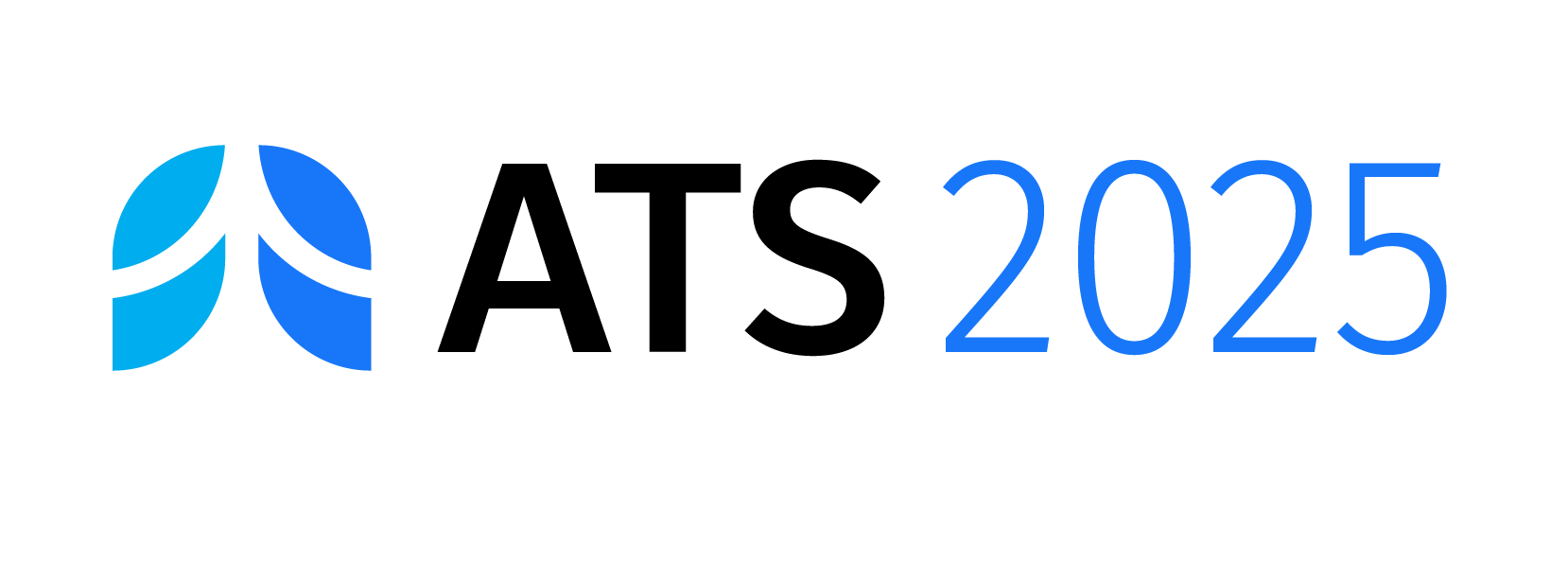Pediatric pulmonologists have long dealt with respiratory dysfunction in children with spinal muscular atrophy, Duchene muscular dystrophy, and other neuromuscular diseases. The development of novel and effective agents to treat NMDs in children has helped to focus pulmonologists’ attention on diagnostic and management strategies, evolving treatments, and palliative care choices.
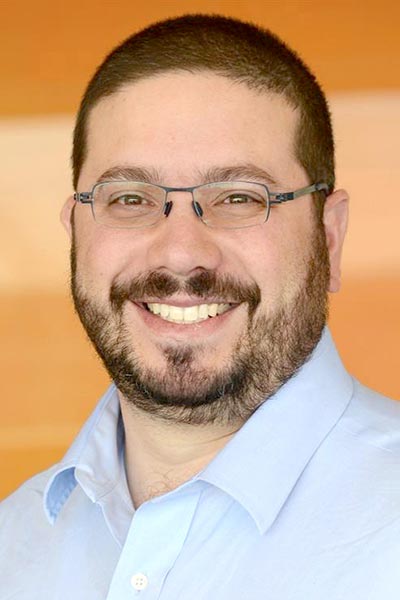
“Respiratory disease is common in our patients with neuromuscular disease and is often the cause of death,” said Oren Kupfer, MD, associate professor of pediatrics, Children’s Hospital Colorado and University of Colorado School of Medicine. “One important difference with NMDs is that the primary problem is respiratory pump failure, not airway or parenchymal disease.”
Dr. Kupfer opened the first of three Pediatric Clinical Core Curriculum sessions on Sunday, May 15, with an exploration of current diagnostic strategies to identify NMDs as a prelude to managing and treating these diseases. Registered ATS 2022 attendees can view both sessions on demand through June 24. Continuing Medical Education credits and Maintenance of Certification points are available.
Diagnosis is becoming a vital first step as new generations of disease-specific therapies reach the clinic, Dr. Kupfer said. SMA, a motor neuron disorder, is the most common NMD in infants. The most severe phenotypes present in the first few months of life with progressive respiratory and feeding problems.
About 44 states currently require neonatal genetic testing for SMA, and remaining states are expected to add the test in the next year or two.
“Newborn testing will not detect all cases and cannot be relied on to exclude a diagnosis,” Dr. Kupfer cautioned.
DMD is caused by an X-linked recessive gene and occurs in about 1:3,000 male births. This progressive skeletal and cardiac muscle disease often presents during childhood with respiratory difficulties and lower-than-predicted results on pulmonary function testing, often followed by loss of ambulation.
High serum creatinine kinase levels should trigger a referral to neurology for screening and genetic testing, Dr. Kupfer said.
“Genetic testing for NMDs is important for prognosis and reproductive advice,” he added. “Genetic diagnosis is becoming increasingly important as more disease-specific treatments are developed. There is far more than breathing dysfunction to these kids.”
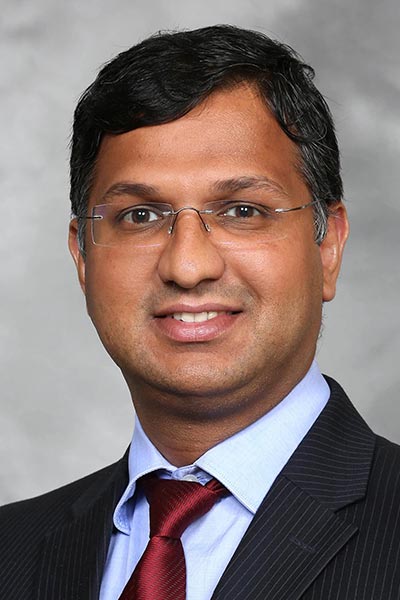
Because breathing dysfunction can be the first sign of NMDs in children, pulmonologists are on the front line assessing children with respiratory problems for potential NMD, continued Sandeep Puranik, MD, ATSF, assistant professor of clinical pediatrics, Riley Hospital for Children.
“PFT for volume, flow, pressure, and gas exchange provide a lot of information we can use to help manage our patients and their respiratory status,” he explained. “FVC, forced vital capacity, is the most commonly used test because NMDs cause an extra-parenchymal restrictive defect that results in progressive decline in FVC and TLC, total lung capacity.”
Peak expiratory flow assesses respiratory muscle strength and is the most common flow measurement. Changes in PEF can track disease progression.
Maximal inspiratory pressure and maximal expiratory pressure can be challenging in younger patients who cannot easily inhale or exhale on cue. Sniff nasal inspiratory pressure may be easier to assess.
Measures of gas exchange, including oxyhemoglobin saturation and end-tidal carbon dioxide, are particularly important, Dr. Puranik added. Chronic respiratory failure begins with nocturnal hypoventilation and hypoxemia during REM sleep, then progresses to other stages of sleep and daytime breathing.
“PFT data are important in making crucial management decisions in our patients and to guide perioperative decisions in anesthesia, pain management and other areas,” she said.
Respiratory failure is a leading cause of death in NMDs and therapy has long targeted affected respiratory muscles, nerves, and motor neurons. Gene therapies and gene editing are the first truly effective treatment approaches.
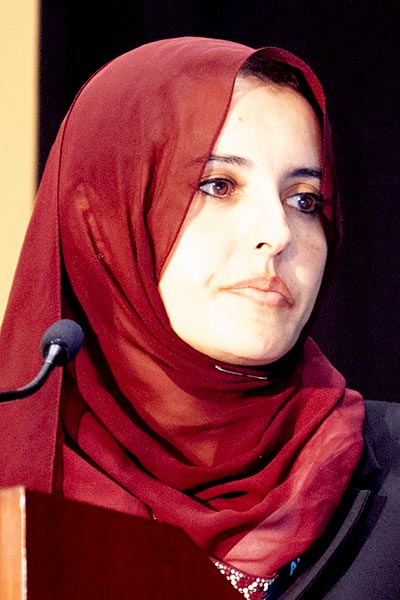
“Since SMA is a monogenic disease, it is an ideal target for gene therapy,” said Mai ElMallah, MD, associate professor of pediatrics, Duke University. “If untreated, progressive loss of lower motor nerve neurons, including respiratory motor neurons, results in respiratory failure and the need for ventilatory support by six to nine months of life.”
Dr. ElMallah opened the second of three Pediatric Clinical Core Curriculum sessions on Monday, May 16, with a review of current treatment options for NMDs. Onasemnogene abeparvovec, an adeno-associated virus gene therapy, does not cure SMA, but it does lead to less time on noninvasive positive pressure ventilation and lower mortality. It is a one-time systemic injection given before two years of age that corrects the genetic defect leading to SMA.
Another approach is gene editing to correct gene splicing defects responsible for SMA. Nusinersen is an anti-sense oligonucleotide administered as four initial loading doses followed by maintenance doses every four months. Resdiplam is a small molecule oral agent that modifies gene splicing.
Nusinersen has shown a clinically significant reduction in FVC decline and improved respiratory support-free survival, Dr. ElMallah reported. There are no data yet on respiratory outcomes from resdiplam.
DMD results from out-of-frame mutations in the DMD gene that blocks expression of dystrophin, a protein necessary for muscle structure and function.
Ventilation and systemic steroids can ameliorate symptoms but cannot halt the disease. Three anti-sense nucleotides, eteplirsen, golodirsen, and viltolarsen, have been developed to correct specific DMD mutations.
Eteplirsen, approved in 2016, can reduce loss of ambulation in about 13 percent of DMD patients amenable to exon 51 skipping. Golodirsen, approved in 2019, can increase dystrophin in the 8-10 percent of patients amenable to exon 53 skipping, but no clinical benefit has been reported. Viltolarsen was approved in 2020 based on increased dystrophin production but without clear clinical benefit.
“Gene therapy for DMD is in clinical trials,” Dr. ElMallah said. “The preclinical data are exciting, and we have a press release claiming PEF and FEV improvement in trial patients versus decline in controls. Pulmonologists should be aware of the treatment measures that are out there and their effects on respiratory outcomes.”
As gene therapy, gene editing, and other treatments advance, ventilation remains a key strategy in the acute and long-term management of NMDs. Every NMD has unique features, but patients can benefit from a few broad strategies.
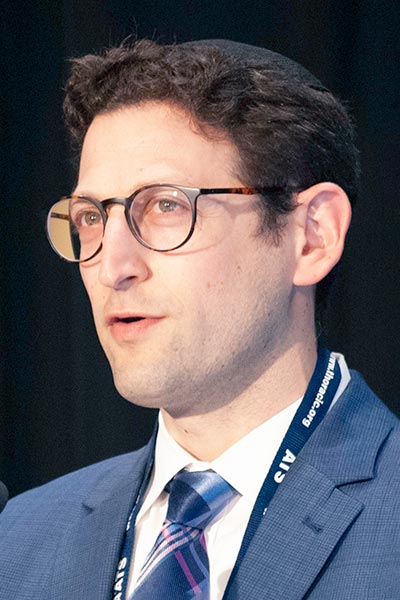
“The place to initiate noninvasive ventilation is with sleep-disordered breathing and abnormal gas exchange,” said Moshe Y. Prero, MD, assistant professor of pediatrics, Rainbow Babies and Children’s Hospital in Cleveland. “Symptoms can be subtle. Snoring is often absent and daytime issues are more common than you might expect. You need a high index of suspicion to increase survival, treat hypoventilation, reduce the risk of pulmonary infections, and prevent chest wall deformities in our young patients.”
In the U.S., children with NMDs needing assisted ventilation must generally meet indications set by the Centers for Medicare and Medicaid Services in order to qualify for insurance coverage. These indications include a documented thoracic disorder, generally a progressive NMD or thoracic cage abnormality, or symptoms of sleep-associated hypoventilation, plus one of the following: arterial blood gas PaCO2≥45mmHg, sleep oximetry with Sp02≤88% for ≥5 minutes, or MIP < 60 cm H2)/FVC < 50% predicted.
“Chronic care goals are to address the physiologic abnormalities, overcome upper airway obstruction, improve ventilation and decrease rapid shallow breathing, prevent respiratory muscle fatigue, and decrease atelectasis,” Dr. Prero said.
Bilevel positive air pressure is the approach of choice, he added, and device settings must be matched to the patient’s own respiratory abilities and support needs. Negative pressure devices, including iron lung, cuirass ventilator, or wrap ventilator, can be used as an adjunct to positive pressure ventilation but are difficult in patients with upper airway obstructions or thoracic deformities.
“The single most important thing to remember is that supplemental oxygen does not treat the underlying causes of respiratory pump failure and will not help patients,” he added.
Nor is it likely that ventilatory support or the current generation of gene therapy/gene editing will cure patients. Children with NMDs are likely to need palliative care at some point.
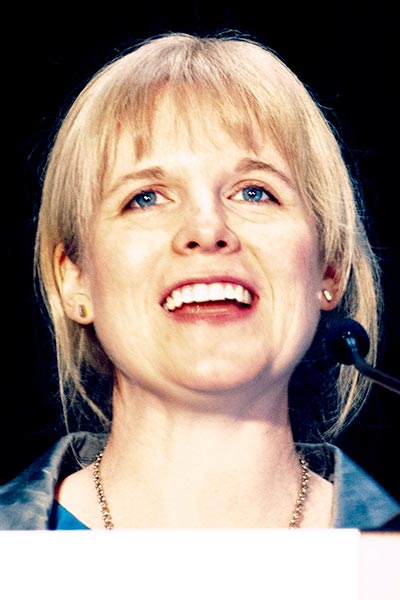
“Making decisions in treatment, management or in palliative care is about balancing opinions,” said Lauren Treat, MD, child neurologist and palliative medicine physician at Children’s Hospital Colorado and University of Colorado School of Medicine. “We need tools and we need ethics to frame our discussions around shared decision-making.”
Dr. Treat opened the third and final Pediatric Clinical Core Curriculum session on Tuesday, May 17, with an exploration of medical ethics and tools that can help patients, parents, and clinicians in those tough discussions about palliative and other care.
Medical decision-making is based in four familiar ethical principles:
- Autonomy, a patient’s own capacity to decide what treatment they will allow
- Beneficence, the responsibility of the clinician to do what is good for the patient
- Nonmaleficence, the duty of the clinician to avoid harm to the patient
- Justice, the obligation of the clinician to promote a fair health care system.
Decision-making in pediatrics adds four more ethical considerations:
- Decision-making by proxy, the balance of parental authority and the child’s own autonomy
- Best interest standard, doing what is in the best interest of the child
- Harm principle, neglecting to provide for the child’s basic needs
- Emerging autonomy, a particularly thorny issue as teens develop the need (and desire) to make their own decisions.
“We usually give parents wide latitude,” Dr. Treat said. “Parents tell us there is an internal narrative around being a ‘good parent’ where they feel a duty to provide, protect, support, advocate for their child, and make informed decisions. With life experience, that duty can become making sure their child feels loved.”
Medical decision-making in pediatrics covers a spectrum from the impermissible to the permissible and the obligatory, the IPO spectrum. Dr. Treat advised not mentioning high risk/low benefit approaches that are impermissible. And clinicians should insist on obligatory, high benefit/low burden approaches such as when treating ear infections.
“In the middle is the area of parental discretion,” she said. “Benefits may be real and burdens may also be high, such as tracheostomy, and opinions will be mixed. Remember that anything offered to the family is viewed as being permissible. Many parents feel obligated to accept a course of action if it is offered.”
When it comes to making decisions, resources count for most families. Parental preferences play a role, too, even though parental preferences do not affect whether a course of action is medically or ethically permissible.
“Inadvisable is not impermissible,” Dr. Treat emphasized, “and what is advisable is not obligatory. Parents deserve to know all the permissible options, and we must be prepared to discuss them, even those we consider inadvisable. Shared decision-making is a dynamic tool.”
Extend Your Learning Beyond San Francisco with ATS 2025 Conference Highlights

With so many valuable educational opportunities offered during the ATS 2025 International Conference, attendees are often forced to decide which sessions to prioritize. That’s why the Society is offering three ATS 2025 Conference Highlights packages for those unable to attend ATS 2025 San Francisco or attendees interested in continuing their education after the conference. Check out the packages and pick the one that’s right for you. Learn at your own pace, whenever and wherever you are!
